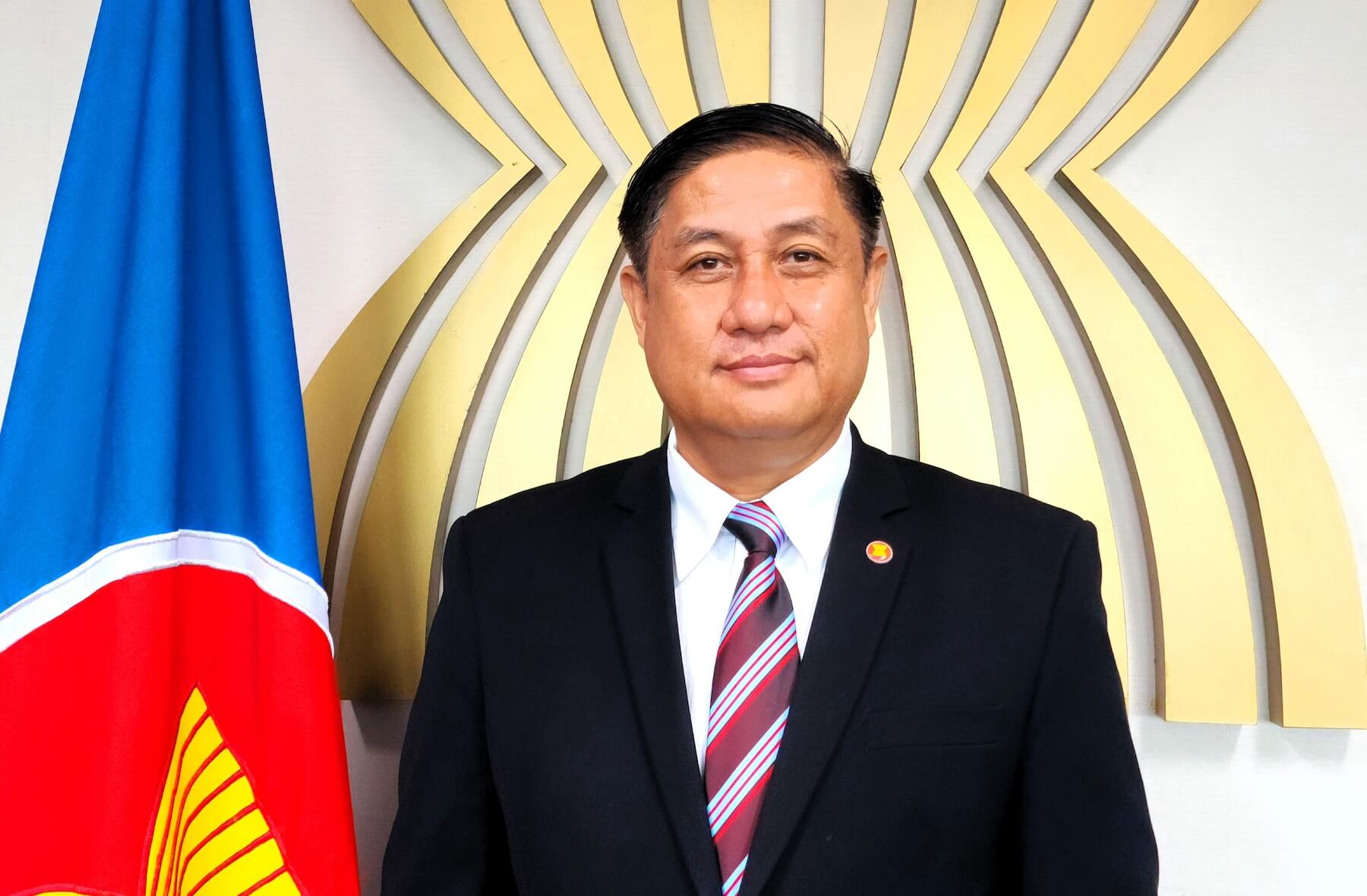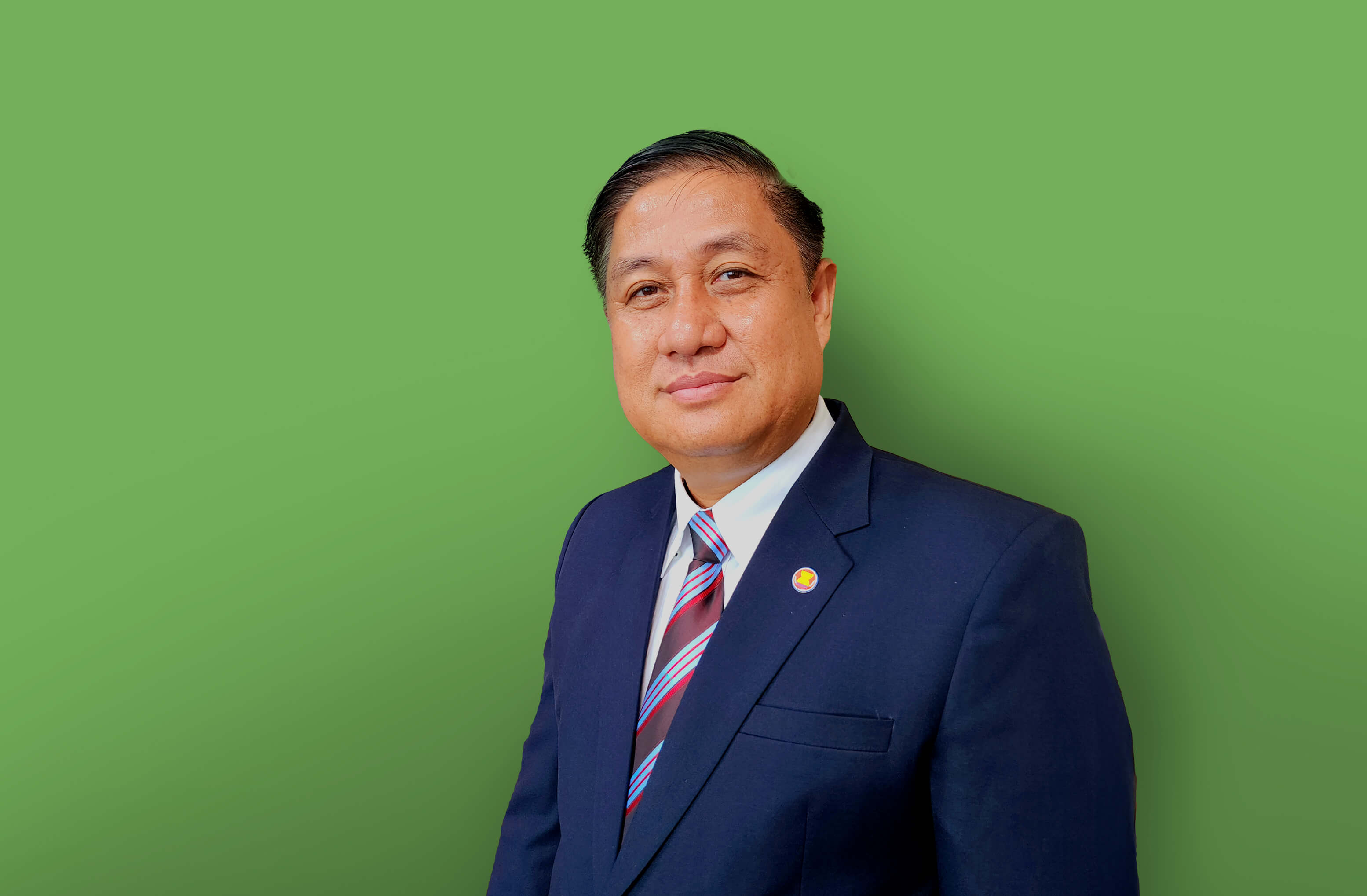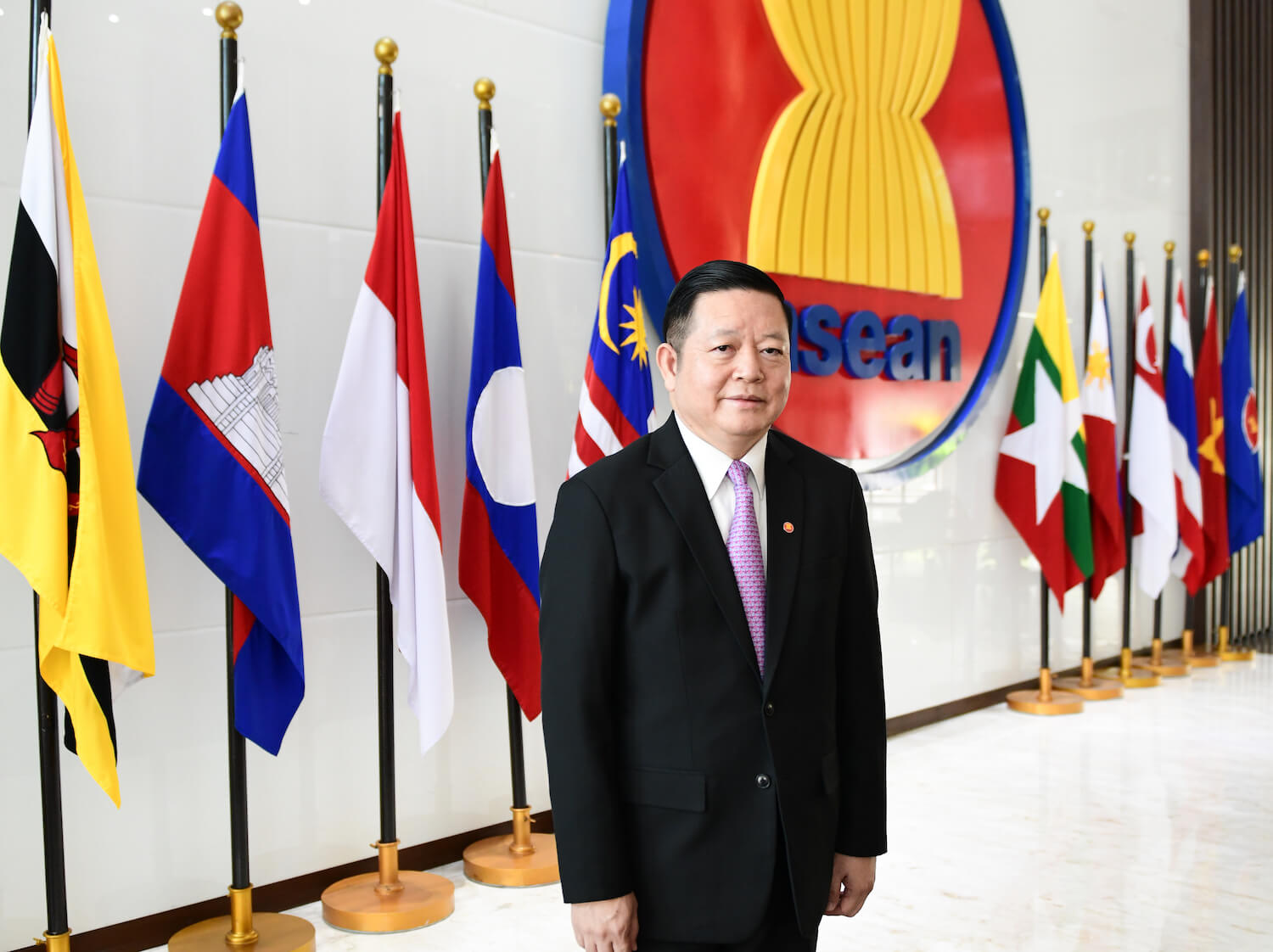


The UNESCO Regional Bureau for Education in Asia and the Pacific, and UNESCO as a whole, and the UN system worldwide, have taken comprehensive action to address the COVID-19 pandemic’s impacts on education systems while acknowledging continuing challenges in addressing learning loss, potential dropouts, and the disproportionate effect on the most vulnerable learners.
As exemplified by the Global Coalition for Education, these efforts have brought together Member States, education stakeholders, and learners, teachers, and communities at the local level to formulate policy, good practices, and initiatives on the ground.
In line with the UN goal to build back better and more equally, these partnerships are transforming not only the response to the pandemic but also supporting and sustaining more inclusive quality education to progress towards Sustainable Development Goal 4 and the 2030 Agenda for Sustainable Development. In times of crisis, UNESCO’s mandate to build peace in the minds of people through Education, the Sciences, Culture, and Communication is all the more important for our region.
The COVID-19 pandemic has kept school-age children out of regular classrooms. Many children in Asia are still learning remotely via online or mixed-media platforms, and those who have gone back to schools have had to deal with intermittent closures due to sporadic outbreaks.
Has there been an effort to assess the impact of remote and online learning on students and teachers? If so, what are the salient findings, and what should be the key takeaways of education administrators?
Analysis from a joint UNESCOUNICEF-World Bank survey indicated that while most countries have provided some form of remote education and policies during COVID-19, 80 million or 20 per cent of students in the East Asia and Pacific region were not reached by digital and broadcast remote learning programmes (UNICEF, 2020, COVID-19: Are Children Able to Continue Learning During School Closures?). For many of these students, remote learning was inaccessible due to the digital divide, a lack of devices, limited access to electricity and the internet, and low digital literacy. To mitigate this, low- income countries preferred utilising radio- based instruction, while middle-income countries relied primarily on TV and digital media. The digital divide intersects with other aspects of marginalisation like gender, poverty, language, disability, and ethnicity. For example, country surveys have found that the number of girls not reached by remote learning was likely higher than that of their male peers due to a lack of access to digital technologies.
Beyond the digital divide, marginalised students were less likely to benefit from remote learning as the content was not always adapted to their needs. In this regard, less than 30 per cent of low- and lower-middle-income countries have designed distance learning materials in minority languages. Overall, this strongly predicts that gaps in remote learning have exacerbated existing learning inequities.
When students have been able to access distance learning programmes, many have struggled to learn due to skills gaps among their teachers or a lack of parental support, as more than one in three countries has not provided training for teachers to use remote learning platforms. This has an impact on children’s learning, especially those living in rural and/or poor households (UNICEF, 2020, COVID-19: Are Children Able to Continue Learning During School Closures?). An ILO study found that 69 per cent of female respondents in the East Asia and Pacific region reported that they learned less than usual (UNICEF, 2020, Issue Brief: COVID-19 and Girls’ Education in East Asia and Pacific).
While we have an understanding of the impact of remote learning, the full effects will not be known for some time. That being said, evolving education responses have revealed lessons in how to implement effective remote or hybrid learning programmes. Many presentations made by policymakers and practitioners from across the Asia-Pacific region at UNESCO-organised virtual meetings have highlighted the importance of the following key aspects:
- Blended learning in a broadened sense: classroom learning, home-based learning, community learning, distance digital learning, formal and non-formal learning;
- Holistic support for teachers’ wellbeing (job security, salary, working conditions, etc.), motivation and mental health, pre-service and in-service training, etc.;
- Government support and school support for an enabling environment: well-informed guidelines and targeted intervention, tools, and materials for distance teaching and learning, budget, etc.;
- Engagement with the community, especially parents and caregivers;
- Comprehensive and continuous cooperation of different sectors and various public and private partners;
- A new mindset focusing on a culture of innovation, adoption of technology, student-centred learning, teachers’ role evolved into a facilitator, etc.;
- Continuing professional development for teachers is particularly important to equip teachers with updated pedagogical, digital, socio-psychological, community engagement, and leadership skills.
Additionally, based on a UNESCO-UNICEFWorld Bank survey, remote learning will likely continue to be important in the near future. Policies should focus on infrastructure development and also producing resources in line with national curricula. Teachers, school leaders, and parents should be trained to support virtual and remote learning. The quality of remote learning should be supported through various assessments, and children in remote and rural areas should be prioritised.
Therefore, there is great value in ICT in Education goals, policies, and digital citizenship skills and competencies. UNESCO supports Member States in developing holistic ICT in Education Master Plans, as well as competency-based teacher training reforms through the development and implementation of ICT Competency Standards for Teachers. Additionally, UNESCO Bangkok has developed the Digital Kids Asia-Pacific (DKAP) research toolkit to better understand how children engage with technologies, and which competencies they possess or lack across f ive digital citizenship domains.
Given the large gaps in technology and connectivity access within countries, what can governments and development organisations do to bridge the digital divide?
Most countries recognise the seriousness of digital divides and have taken action. One important step is that policymakers in ministries should seek to understand the situation on the ground, after which they can reflect this information and the voices of communities affected by digital divides in national policies.
Bridging the digital divide not only means physical access to connectivity and devices, but also development of the appropriate digital skills to unlock the benefits of technology, including more effective use of emerging technologies and ensuring that individuals stay safe, ethical, and responsible online. Developing digital skills needs to be tailored to individual and national circumstances. Given the differences within and among countries and regions, there is no one-size-fits-all approach, and better understandings based on evidence will help to guide capacitybuilding approaches to be more effective by considering the social, cultural, and economic contexts.
Schools and teachers play critical roles as points of entry for digital access as they are often the first place where students engage with ICT and build foundational skills. The results of a recent UNESCO study showed that schools can do more in closing gaps in access to the internet, as significant percentages of students in five Southeast Asian countries did not have access at school: 15 per cent in Indonesia, 38 per cent in Lao PDR, 37 per cent in Philippines, 6 per cent in Thailand, and 24 per cent in Viet Nam (Digital Kids Asia-Pacific National Country Research Reports). Likewise, capacity building for teachers needs to be conducted to support the necessary skills and competencies to teach digital literacy and model appropriate usage and behaviours.
To strategically reduce the digital divides in education, governments can develop ICT in Education Master Plans that explicitly focus on solving related issues and developing programmes to address them. In most cases, closing the digital divides is already aligned with the country’s stated educational goals. As part of UNESCO’s mandate for Member States in the region and globally, the organisation provides technical support for the master plan development process.
Where improving digital infrastructure is unfeasible, it is important for countries to prioritise vulnerable students for receiving in-person learning. These students include those at a high risk for dropping out and those who cannot access remote learning due to a lack of technology or other reasons (UNESCO, 2020, COVID-19 Response Tool-kit: Hybrid Learning). For example, in Lao PDR, face-to-face learning continues to be the main learning modality for students in remote areas and for vulnerable groups (Interview Message of Madam Seangdeaune Lachanthaboune, Minister of Education and Sports, Lao PDR on ICT-based Education Responses to COVID-19).
UNESCO recently celebrated the third International Day of Education, which has the theme “Recover and Revitalize Education for the COVID-19 Generation. Can you share with us some of the significant initiatives undertaken by the countries to mitigate the impact of the pandemic on their education sector?
In collaboration with and technical support from UNESCO and other development partners, Member States have responded in varying degrees to mitigate the impact of the COVID-19 pandemic in education while preparing for a ‘new normal’ and building back a better and resilient education system.
There are many initiatives undertaken by Member States in accordance with countries’ local contexts. Some of the activities supported by UNESCO at global and regional levels are available online:
- At the the global level: https://en.unesco. org/covid19/educationresponse/support
- At the regional level (Asia and the Pacific): https://apa.sdg4education2030.org/covid19
Across the region, countries have adapted and employed strategies to support education sectors and ensure learning continuity. Indonesia launched a website for teachers to connect, support each other, and share lesson plans and best practices. The website reached 1.5 million users and provided teachers much-needed support as they navigated education disruptions. To support parents during remote learning, Singapore sent kits to help prepare them to supervise children’s education at home. Supporting parents and families is an important strategy as they are key to ensuring learning continuity (UNESCO, 2020, COVID-19 Response Tool-kit: Remote Learning Strategy).
As the Philippines looked towards bringing students back to school, the government rolled out an ambitious re-enrollment strategy, offering flexibility on deadlines, providing support to vulnerable populations, and lowering barriers to access. For example, they created an enrollment form available digitally and physically in kiosks near schools where students were at a high risk of not returning (UNESCO, 2020, COVID-19 Response Tool-kit: Re-enrollment).
What are the concrete commitments of countries, organisations, and other relevant actors to recover from the pandemic and revitalise the education sector?
The Global Education Coalition was created in response to the pandemic to ensure that learning never stops, made up of over 140 members, including SEAMEO. From tracking school closures to collecting student and teacher stories, it has become an important hub for resources and data. UNESCO and members of the Global Education Coalition’s Gender Flagship launched the Keeping Girls in the Picture campaign to ensure that girls continue to learn through the pandemic and that they return to school.
The Save Our Future Campaign was launched last year, led by major education partners in partnership with civil society organisations, including many from the Asia-Pacific region. As COVID-19 places education budgets at risk, the campaigns call for governments to protect them and prioritise those left furthest behind.
Furthermore, efforts have been made to examine the impact of COVID-19 in education in Asia, in particular East Asia, Southeast Asia, and South Asia subregions. UNESCO and UNICEF commissioned Cambridge Education to undertake a rapid situation analysis from April 2020 to February 2021 to assess the impact of the pandemic on the education sector and examine its implications on progress towards SDG 4 (Education 2030). Two sub-regional webinars will be held in March to provide opportunities for government officials, development partners, and other education stakeholders to discuss key findings; lessons learned, and recommendations from the situation analysis. This will also be an opportunity for exchanges and learning between countries.








